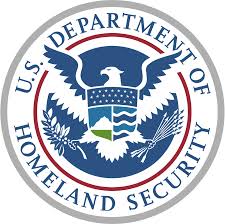
The Public-Private Analytic Exchange Program Shows how PPPs Should Work
By Danielle Camner Lindholm, Senior Fellow, ASP
Public-Private Partnership is a concept that’s oft discussed, oft tried, but not always executed effectively. Its value is easy to see: Benefits include sharing best practices, data and incident exchange, understanding new technologies, and getting to know one’s partners prior to crisis. Nonetheless, this can be a tough endeavor for government, especially in the national-security space, due to issues such as clearance, origin of people and information, the sharing of proprietary or sensitive data, and legal and regulatory barriers. Overall, the advantages outweigh the negatives, however, which is why so many organizations, in and out of government, pursue these relationships.
The Public-Private Analytic Exchange Program (AEP), sponsored by the Office of the Director of National Intelligence (ODNI) and the Department of Homeland Security (DHS), epitomizes what can be achieved in this realm for national-security organizations. From DHS: “The AEP enables Intelligence Community analysts and private-sector partners to gain a greater understanding of how their disparate, yet complementary, roles can work in tandem to ensure mission success. Participants work on topic-focused teams over six months to create joint analytic products of interest to both the private sector and the U.S. Government.” The 2017 program wrapped up last week, with 12 projects (including those focused on undersea communications, contactless biometrics, “Going Dark,” and virtual currencies) presenting at the Concluding Summit. Strides have already been made through these collaborative efforts, e.g., the design and multiple uses of a tabletop exercise; recommendations to improve communications with the public for non-hurricane evacuations; and a proposal for a new cyber-attribution framework that uses unclassified data and existing Intelligence Community (IC) analytic models. The ripple from these projects will continue as the team work to share their findings with their own companies, agencies, industries and government partners.
Programs like the AEP are significant not only because they provide relevant, IC- and industry-worthy security analysis to be shared among stakeholders. They’re valuable, too, because they demonstrate why and how successful partnership efforts to engage around substance can be accomplished. They also show how networks for information and problem-solving can be built for the long term. (In fact, the American Security Project’s “Financial Intelligence & Information Sharing Working Group” and its listserv, the FININT Dispatch, grew out of the AEP pilot project.)
If you’re interested in joining one of next year’s teams, the 2018 topics and applications are now available. Applications from the private sector will be accepted until November 10, 2017. The government application deadline is November 17, 2017.





